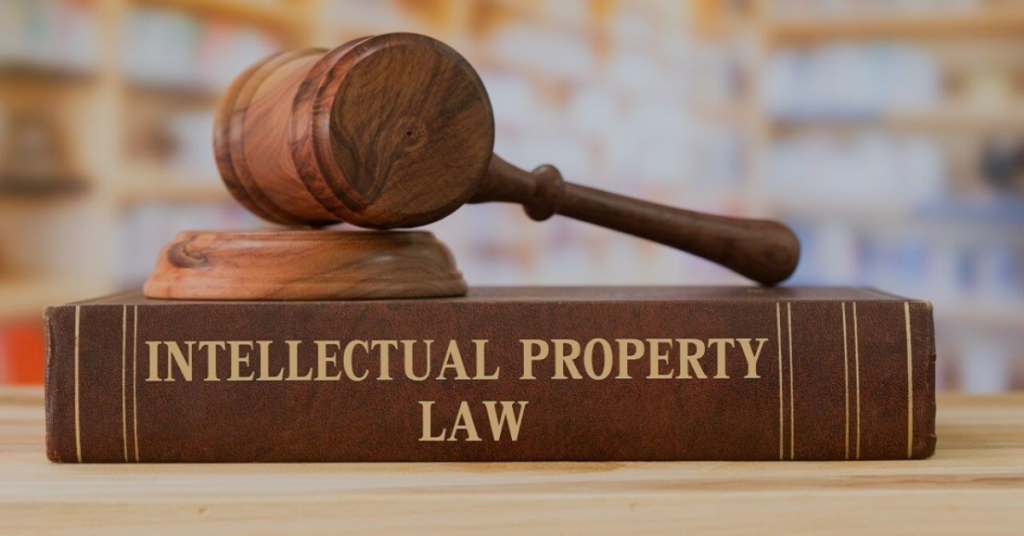Other Suits to be Instituted Where Defendants Reside or Cause of Action Arises: A Deep Dive into Section 20 of the Civil Procedure Code, 1908
The Civil Procedure Code, 1908 (CPC) is the procedural backbone of civil litigation in India. Determining the appropriate court to file a suit is a crucial first step. While Sections 15 to 19 of the CPC lay down specific rules regarding the place of suing for certain types of cases, Section 20 acts as a residuary provision, addressing situations where the specific rules don't apply. This article delves into the intricacies of Section 20, explaining its scope, application, and relevant case laws.
Understanding the General Rule: Section 15 to 19 CPC
Before dissecting Section 20, it's important to appreciate the context provided by the preceding sections. Sections 15 to 19 dictate the place of suing based on the subject matter of the suit, focusing on immoveable property. For instance:
- Section 16: Deals with suits related to immovable property, requiring the suit to be filed where the property is situated. This includes suits for possession, partition, foreclosure, sale, or redemption of mortgages.
- Section 17: Addresses situations where immovable property is situated within the jurisdiction of different courts. It allows the suit to be instituted in any court within whose local limits any portion of the property is situated, provided the entire claim can be satisfied in that court.
- Section 18: Deals with cases where the local limits of jurisdiction of courts are uncertain. It provides a procedure for the court to record a statement and proceed with the suit if satisfied that it has jurisdiction.
- Section 19: Specifies the place of suing for suits related to wrongs to persons or movable property. The suit can be instituted either where the wrong was committed or where the defendant resides or carries on business.
These sections cater to specific scenarios, but what happens when a suit doesn't fall neatly into any of these categories? That's where Section 20 comes into play.
The Residuary Provision: Section 20 CPC
Section 20 of the CPC acts as a catch-all provision, addressing suits that don't fall under the purview of Sections 15 to 19. It provides two primary bases for determining the place of suing:
- Defendant's Residence or Business: The suit can be instituted in a place where the defendant, or any of the defendants (if there are multiple), resides or carries on business or personally works for gain.
- Cause of Action: The suit can be instituted in a place where the cause of action, wholly or in part, arises.
Let's break down each of these elements:
1. Defendant's Residence or Business
This part of Section 20 allows a plaintiff to sue the defendant where they reside, conduct business, or personally work for gain. This is a relatively straightforward concept, but some nuances require further clarification:
- Residence: This refers to the place where the defendant usually lives. It's not simply a temporary or occasional stay. The residence must be more permanent in nature.
- Carrying on Business: This implies more than just isolated transactions. It suggests a regular and continuous activity conducted for the purpose of profit or gain. A single, isolated transaction isn't typically sufficient to establish "carrying on business."
- Personally Works for Gain: This refers to situations where the defendant earns a livelihood by their personal labor. It's distinct from carrying on business, which usually involves managing employees or engaging in commercial activities.
- Multiple Defendants: If there are multiple defendants, the suit can be instituted in a place where any one of them resides, carries on business, or personally works for gain, provided that the permission of the court is obtained, or the defendants who do not reside or carry on business at that place acquiesce in such institution.
2. Cause of Action
The term "cause of action" is crucial to understanding Section 20. It refers to the bundle of essential facts that the plaintiff must prove to succeed in the suit. It encompasses every fact that is necessary for the plaintiff to support their right to obtain a judgment.
- Wholly or in Part: Section 20 explicitly states that the cause of action can arise "wholly or in part" within the jurisdiction of a court. This means that even if only a portion of the events giving rise to the suit occurred in a particular place, the suit can be filed there.
- Illustrative Examples:
- Contract Cases: If a contract was entered into in Delhi, and payment was to be made in Mumbai, the cause of action arises partly in Delhi (where the contract was entered into) and partly in Mumbai (where payment was to be made). The plaintiff can choose to sue in either Delhi or Mumbai, subject to other considerations.
- Tort Cases: If a defamatory statement is published in Chennai, the cause of action arises in Chennai (where the publication occurred). The suit can be filed in Chennai, regardless of where the defendant resides.
- Cheque Bounce Cases: The place where the cheque was presented for encashment and subsequently dishonored forms a part of the cause of action.
Important Considerations and Case Laws
Several important legal principles and case laws have shaped the interpretation and application of Section 20:
- Forum Non Conveniens: Even if a court has jurisdiction under Section 20, it may decline to exercise it based on the principle of forum non conveniens. This doctrine allows a court to dismiss a case if another court is a more convenient forum, considering factors such as the location of witnesses, evidence, and the parties. However, this principle is applied sparingly.
- Burden of Proof: The burden of proving that the court has jurisdiction lies on the plaintiff. The plaintiff must present sufficient evidence to establish that the defendant resides, carries on business, or that the cause of action arose, wholly or in part, within the court's jurisdiction.
- Exclusion of Jurisdiction by Agreement: Parties to a contract can, by agreement, specify the jurisdiction of a particular court for resolving disputes arising out of the contract. However, such an agreement must be clear, unambiguous, and not against public policy. The agreement cannot confer jurisdiction where none exists; it can only confine the jurisdiction to one of the courts that already has jurisdiction under Section 20.
- Case Law Examples:
- A.B.C. Laminart Pvt. Ltd. v. A.P. Agencies, Salem (1989 AIR 1239): This landmark case discussed the principle of excluding jurisdiction by agreement. The Supreme Court held that when the parties to a contract agree to oust the jurisdiction of a particular court, such agreement must be clear and unambiguous.
- Oil and Natural Gas Commission v. Western Company of North America (1987 AIR 674): This case clarified the meaning of "cause of action" and emphasized that every fact necessary for the plaintiff to prove to succeed in the suit constitutes the cause of action.
- Bhagwandas Goverdhandas Kedia v. Girdharilal Parshottamdas & Co. (AIR 1966 SC 543): This case dealt with the acceptance of an offer through telephone and determined the place where the contract was concluded.
Practical Implications and Drafting Considerations
Section 20 has significant practical implications for both plaintiffs and defendants. Plaintiffs must carefully consider the jurisdiction options available and choose the most advantageous forum. Defendants must scrutinize the jurisdictional claims made by the plaintiff and challenge them if they are not supported by evidence.
When drafting pleadings, particularly the plaint (the initial document filed by the plaintiff), it is crucial to clearly and concisely state the facts that establish the court's jurisdiction. The plaint should specifically mention the defendant's residence, business location, or the facts constituting the cause of action that arose within the court's jurisdiction. Failure to adequately plead jurisdiction can lead to the suit being dismissed for lack of jurisdiction.
Section 20 and the Information Technology Act, 2000
The advent of the internet and e-commerce has added a new dimension to the application of Section 20. Transactions conducted online often involve parties located in different jurisdictions. Determining where the cause of action arises in such cases can be complex.
Generally, the courts have held that the place where the website is accessible and the transaction is concluded can be a place where the cause of action arises. For example, if a consumer in Bangalore places an order on a website hosted in Delhi and experiences a deficiency in service, the cause of action may be said to arise in Bangalore (where the consumer received the service) as well as in Delhi (where the website is hosted).
Conclusion
Section 20 of the CPC is a vital provision that fills the gaps left by the more specific rules in Sections 15 to 19. Understanding the concepts of "residence," "carrying on business," "personally working for gain," and "cause of action" is essential for navigating the complexities of civil litigation. By carefully considering the facts of the case and the relevant legal principles, parties can ensure that their suits are instituted in the appropriate court, avoiding unnecessary delays and complications. Careful drafting of pleadings and a thorough understanding of relevant case law are paramount to successfully invoking or challenging jurisdiction under Section 20. The interplay of traditional legal principles with the evolving landscape of technology further necessitates a nuanced understanding of this residuary provision.




